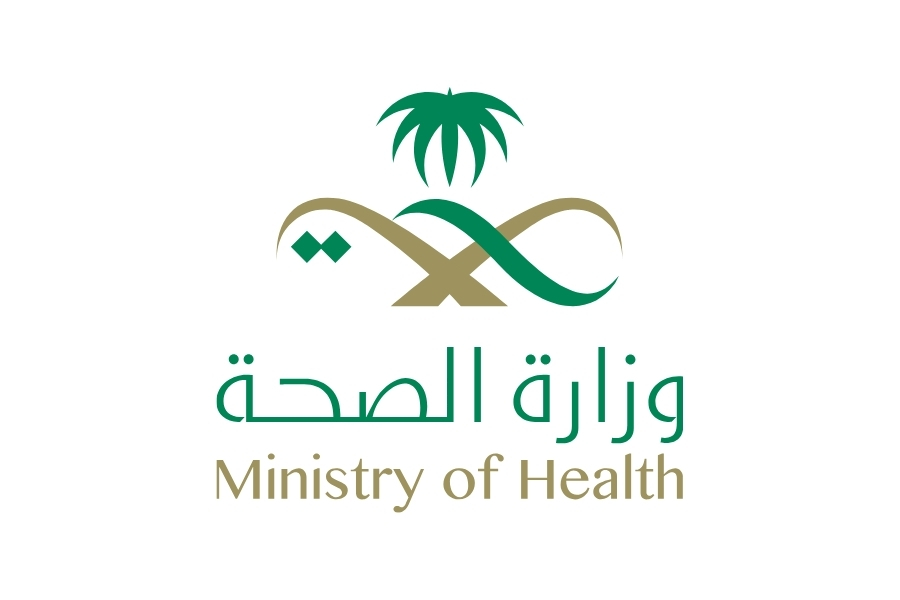2 public hospitals were built but not operational due to a lack of public resources for completing the construction of, equipping and/or staffing these facilities. The Ministry of Health launched a hospital commissioning initiative which sought to commission these hospitals to private companies via PPP models. However, a comprehensive assessment of the healthcare needs in the effective service areas of these hospitals was necessary to launch the PPP projects.
Through fieldwork in 20 hospitals, additional interviews with key stakeholders and secondary research, we collected extensive data on healthcare demand, supply and resources, as well as activity drivers in the effective service areas. Using these data, we evaluated and scored each visited facility based on multiple criteria including staffing levels, operational effectiveness and physical structure. Then, we estimated the supply-demand gaps in terms of bed capacity and specialty services in each region. Finally, we developed unique optimization algorithms to plan the optimal capacity in relation to the assessed gaps in resources and between healthcare supply and demand.

Kingdom of Saudi Arabia
Ministry of Health
2017
Via the collection of a wide range of accurate primary data and employment of proprietary needs assessment frameworks and tools, the project made it possible to assess the realistic healthcare needs in the effective service areas of the 2 hospitals. The outcomes of the project enabled the Ministry of Health to understand the requirements, calculate the costs and estimate the risks, in order to structure PPP tenders in an informed way. With the help of the findings of the needs assessment and capacity planning, the ministry was able to go to the market for large-scale PPP engagements for the first time in its history.